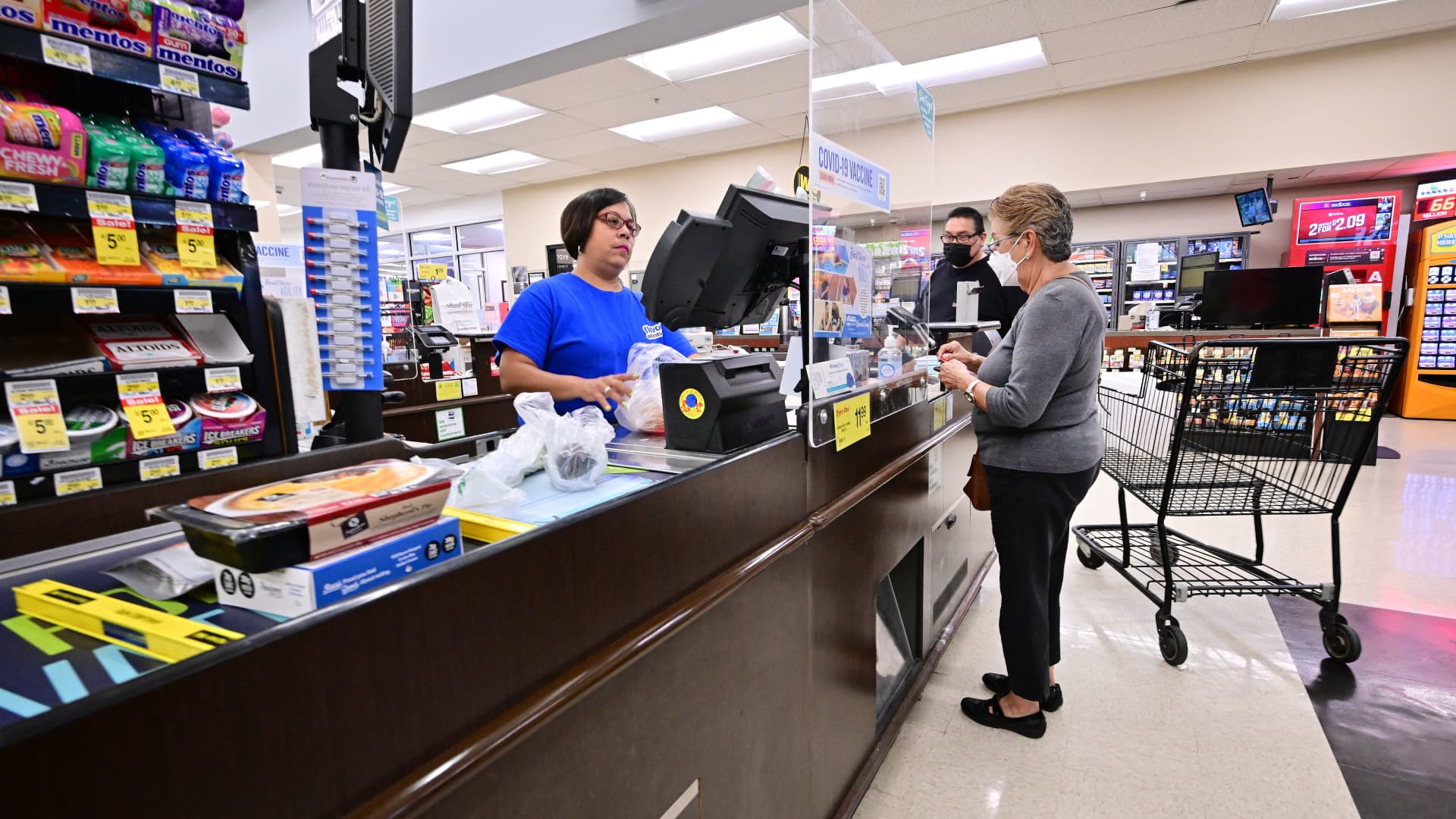By many measures, consumers who have been squeezed by higher prices should be experiencing some relief.
Recent releases show that, at least compared with the soaring inflation from a year ago, prices have begun to ease. The consumer price index, which measures inflation, increased 3% from a year ago, which is the lowest level since March 2021, while the personal consumption expenditures price index also notched the lowest annual level in more than two years.
And yet, as of June, 61% of adults still say they are living paycheck to paycheck, according to a new LendingClub report, unchanged from a year ago.
More from Personal Finance:
How the Fed’s quarter-point interest rate hike affects you
You may be overlooking an important target date fund truths
Middle-income Americans haven’t switched to high-yield savings
Lower-income workers have been the hardest hit by price spikes, particularly for food and other staples, since those expenses account for a bigger share of the budget, studies show. Roughly three-quarters of consumers annually earning less than $50,000 and 65% of those earning between $50,000 and $100,000 were living paycheck to paycheck in June, based on LendingClub’s numbers.
Fewer top earners have been struggling to make ends meet. Of those earning $100,000 or more, only 45% reported living paycheck to paycheck, the report found.
A majority, or 52%, of adults, including high earners, said they have felt more financial stressed since before the Covid pandemic began in 2020, according to a separate CNBC Your Money Financial Confidence Survey conducted in March — largely due to inflation, rising interest rates and a lack of savings.
That survey found that 58% of Americans are living paycheck to paycheck.
‘Credit cards are filling the gap’
Still, more than half of all U.S. consumers struggle to afford their day-to-day lifestyle, which is forcing some to rely more on credit cards or dip into savings, making them financially vulnerable.
“Budgets are still very stretched and, for a lot of households, credit cards are filling the gap,” said Greg McBride, Bankrate’s chief financial analyst.
“People aren’t financing purchases at 20% because they have other options,” he added. “They’re doing that because it’s their only option.”
For its part, the Federal Reserve raised interest rates again last week in its continued effort to tame inflation.
Following the hike, Fed Chairman Jerome Powell stressed that future decisions on rate moves would be based on incoming data rather than a preset course on policy.
Central bank officials generally believe that inflation is still too high despite the recent positive trends and want to see multiple months of solid data before changing direction.
